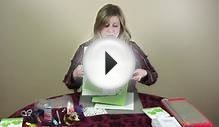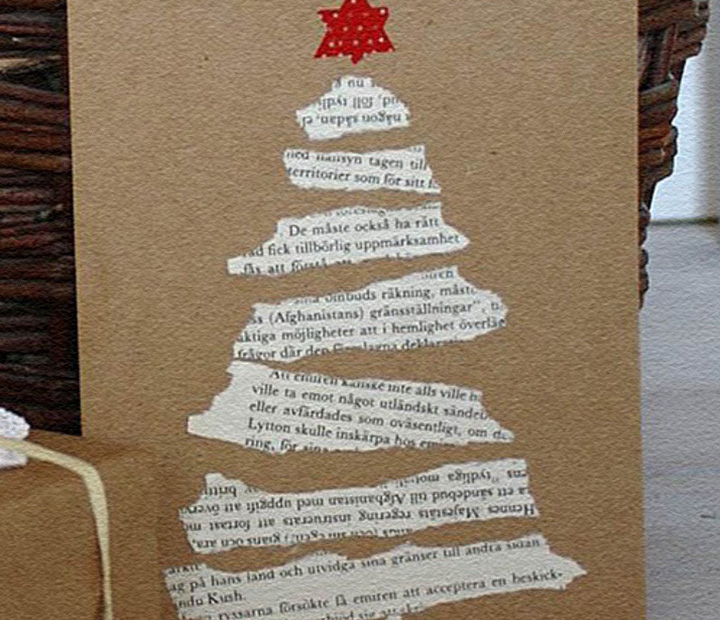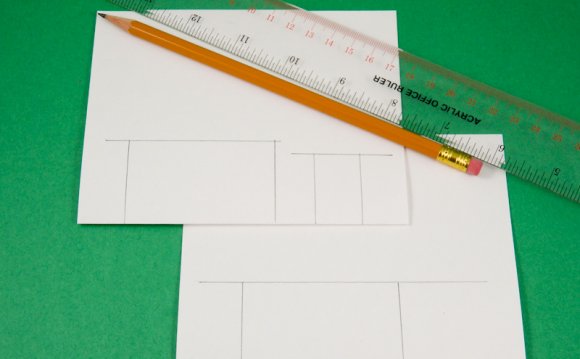
 String theory: a bauble, a star and a Christmas tree. Photograph: Jennifer Balakrishnan
String theory: a bauble, a star and a Christmas tree. Photograph: Jennifer Balakrishnan
Christmas is a fantastic opportunity for me to share some maths with friends and family. One of my favourite ways to do this is by stitching geometrical designs on cards. The magic is how the straight lines produce perfect curves.
Here’s how it’s done. Draw two straight lines that intersect. Draw points along each of those lines at equal distances. When you join the dots from one line to the other, as in the star and tree above and in the four images below, you get a parabola. Strictly speaking, the curve is the envelope of the family of straight lines.
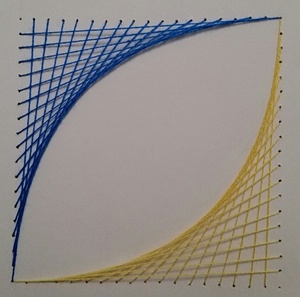 Let’s start simple: here are two parabolas in a square:
Let’s start simple: here are two parabolas in a square:
The angle between the intersecting lines makes no difference - you always get a parabola. Here are three within a triangle.
Also works as a plectrum holder.Four within a square.
Square holes.And six in hexagonal form.
Could be a snowflake for any winter-themed design.This idea of using lines to make the envelope of a curve has been used by numerous artists and architects over the years.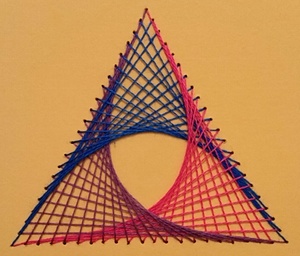 Barbara Hepworth used it to great effect, and it appears in the Chords suspension bridge in Jerusalem.
Barbara Hepworth used it to great effect, and it appears in the Chords suspension bridge in Jerusalem.
There are lots of other curves that occur as envelopes. For example, here’s my Christmas card from last year.
Christmas bauble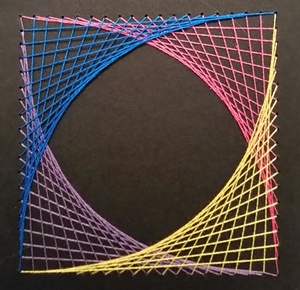 To make this one, you’ll need a circle of evenly spaced dots. I find that 36 dots works well. Pick a number, I suggest a number between 3 and 15. And then simply take each point in turn, count round your chosen number of spaces to another point, and join the two. Here the envelope turns out to be a circle. You’ll get different sizes of circle by choosing different spacings.
To make this one, you’ll need a circle of evenly spaced dots. I find that 36 dots works well. Pick a number, I suggest a number between 3 and 15. And then simply take each point in turn, count round your chosen number of spaces to another point, and join the two. Here the envelope turns out to be a circle. You’ll get different sizes of circle by choosing different spacings.
Some spacings lead to a star that can be drawn without taking the pencil off the paper, others are made up of multiple stars. Thinking about which spacings are which, and how we can predict the number of stars, leads to some beautiful mathematical ideas. I feel sure this is what my friends consider over their mince pies when my cards arrive...
Now for the practical advice. When I make these cards, I buy the sort of card that is ready-made with two folds. These are available surprisingly cheaply if you order online. I do the stitching on the middle panel, and then can fold over one end to cover the mess on the back (this is a top tip).
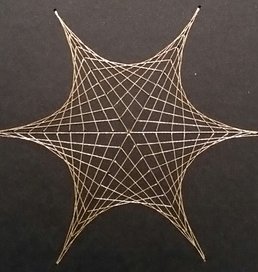
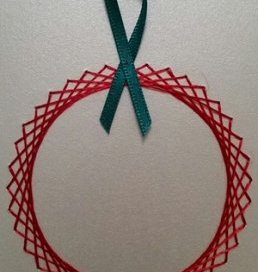
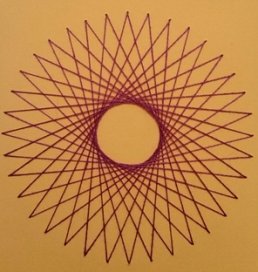
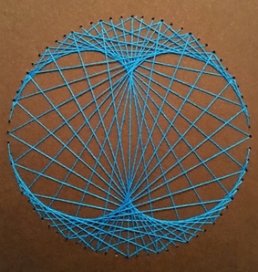
RELATED VIDEO

